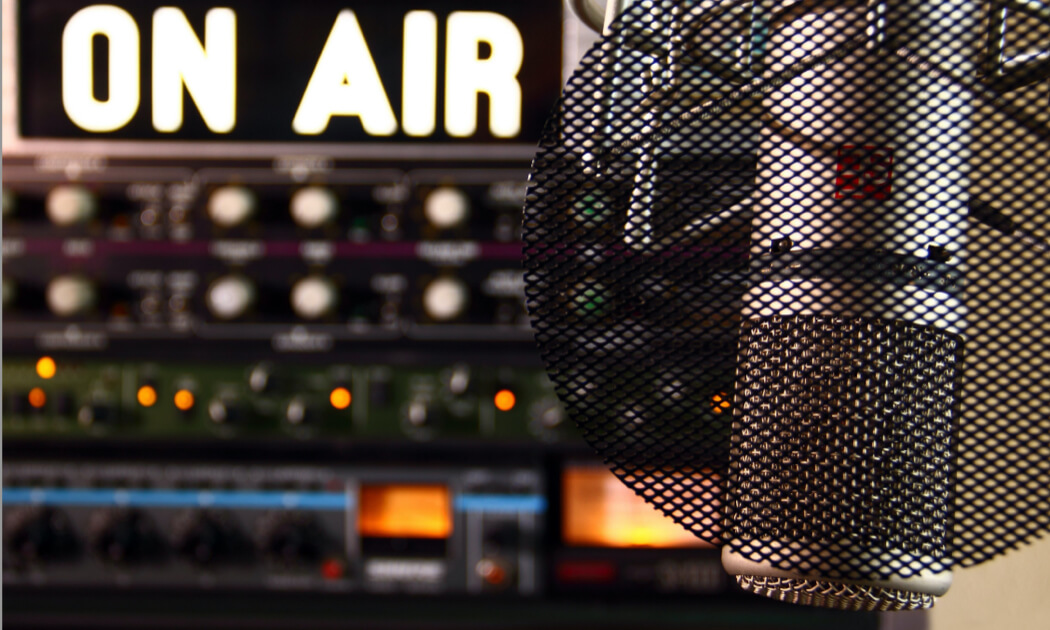How do I know how much memory my computer should have?
- Alisa
This question was answered on October 14, 2002. Much of the information contained herein may have changed since posting.
When it comes to the term ‘memory’ in computers, it is important to understand the differences between storage memory (the hard drive) and working memory (RAM).
The storage portion of the equation determines how much stuff you can store in the computer, such as pictures, programs or music files Think of the hard drive as a ‘refrigerator’ in your computer kitchen The ‘how much’ question has a simple ‘do the math’ answer Check to see how much free space your hard drive has by opening ‘My Computer’ then right-clicking on your hard drive(s) and selecting ‘Properties’ This will generate a pie chart representation of your hard drive with the blue section representing used space and the free space is in purple.
If you cants maintain at least 10% free drive space, it may be time for a larger or second hard drive.
The working memory portion of the equation is referred to as Random Access Memory (RAM) and is ‘volatile’ (anything stored in it is lost when the machine is shutdown) Think of RAM as the ‘mixing bowl’ in the computer kitchen
Items are loaded in the mixing bowl from the refrigerator, so the larger the mixing bowl, the better The entire process is certainly more complicated than this, but the basic concept is you can process more ‘food’ with more working space.
This translates to speed in computing, which is why RAM is generally referred to as the best ‘bang-for-the-buck’ upgrade for improving performance.
But how much is too much? That depends upon many variables including the type and version of your operating system (Windows or MacOS), the manufacturer of and the specific components used on the motherboard and most importantly, what programs you are running.
In general terms for today’s computers, don settle for less than 128MB of RAM.
There is, however, a point of ‘diminishing returns’ when it comes to RAM If you want a more specific method of calculating your needs, there are a number of great resources available online from Crucial.com.
If you know what kind of motherboard you have and want to see how it performs with a specific processor and operating system and various amounts of RAM, check out their Memory Calculator at www.crucial.com/calculator It will create a graphical chart that will show you actual performance specs with different levels of RAM for your specific configuration.
The information generated by the calculator is ‘actual test data’ according to its creator, Mike Sanor who is also Tech Support Manager at Crucial.com.
“If you have a name brand computer and have no idea what kind of motherboard you have, you can download the free Belarc Advisor (www.crucial.com/Support/belarc_download.asp) which will give you the specific information necessary to use the Memory Calculator” according to Sanor.
If you just want a general overview of memory requirements based on what you use your computer for, you can refer the chart posted at www.crucial.com/library/howmuch.asp.
And, if all of those options are too confusing, you can actually ‘Talk to an expert online’ at www.crucial.com/support and they will walk you through the process of determining the answer to the “How much…” question.
About the author
 Ken Colburn of Data Doctors on October 14, 2002
Ken Colburn of Data Doctors on October 14, 2002
Need Help with this Issue?
We help people with technology! It's what we do.
Contact or Schedule an Appointment with a location for help!

